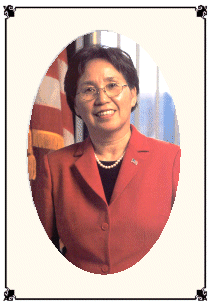
|
|
|
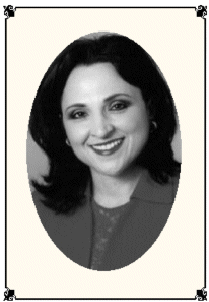
Irasema T. Garza
(served 1999 -
2000) In November 1999, Irasema T.
Garza was confirmed by the Senate as the 14th Director of the U.S. Department
of Labor Women's Bureau. This is not Ms. Garza's first position with this
Administration or the Department of Labor. She headed up Departmental
initiatives -- both domestic and international -- since 1994.
From
January through July 1994, Ms. Garza served as Executive Director of the
Congressional Commission on Family and Medical Leave, housed at the Women's
Bureau.
"Our role today is to open the doors of
opportunity even wider -- and ensure that they are never closed
again." |
 |
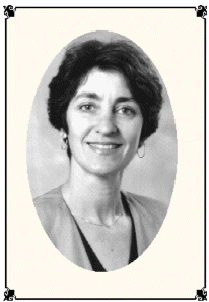
Karen Nussbaum
(served 1993 -
1996) Karen Nussbaum cofounded and led
9to5, the National Association of Working Women, from 1973 - 1993, and served
as organizer and president of District 925 of the Service Employees
International Union (SEIU) for nearly 20 years. As Women's Bureau Director, she
reached out directly to working women themselves to find out what they like and
don't like about their jobs, and what they want to change -- and initiated
real, practical responses to their concerns.
"Every individual is capable of extraordinary things, but no one can
accomplish anything by themselves. Working women should count, but the only way
we'll make that true is if we work together." |
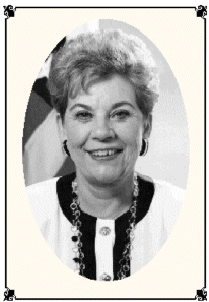
Elsie Vartanian
(served 1991 -
1993) Before coming to the Women's
Bureau Elsie Vartanian was an entrepreneur, founder and president of a real
estate brokerage firm, and a 12-year member of the New Hampshire House of
Representatives. Under her leadership, the Women's Bureau focused on
recruitment and training for non-traditional employment, women's business
ownership and math/science education for girls.
"My experiences as Director strengthened my belief that women must
channel combined energies and use our collective abilities to empower others.
We must teach that empowerment is a two-step process: As we climb, we must also
lift." |
 |

Jill Houghton Emery (Phillips)
(served 1988 -
1989) Jill Houghton Emery (Phillips)
was a small business owner and Director of the Office of Women's Business
Ownership before she came to the Women's Bureau. Under her leadership, the
Women's Bureau focused on increasing women's access to professional and
managerial positions, improving job training and education, and helping
employers address work and family issues.
"Administrations may change, but the spirit of the Women's Bureau
to smooth the road ahead to the 21st Century for working women remains the
same. I am honored to have played a part in that history." |
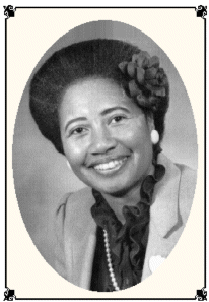
Shirley M. Dennis
(served 1986 -
1988) Shirley Dennis brought
considerable management experience and a strong advocacy background to her
Women's Bureau post. Under her leadership, the Women's Bureau operated the Work
and Family Clearinghouse and advocated a holistic approach to welfare
reform.
"These are what I call my defining
moments: While at the Department, I was part of the senior staff that created
the dialogue resulting from the Hudson Institue report on Workforce 2000
which delineated changing demographics in the workforce. My specific
responsibility, in regard to the dialogue, was to address business leaders on
the need to embrace Work and Family issues as part of their workplace policies.
Another defining moment was my election as the first American president to head
up the women's committee of the 24 nation Organization of Economic Cooperation
and Development." |
 |
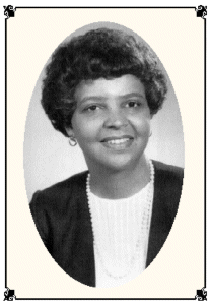
Lenora Cole Alexander
(served 1981 -
1986) Dr. Lenora Cole Alexander came
to the Women's Bureau with a strong background in higher education and public
service. She used her position as Director to promote employer-sponsored child
care, address school-to-work transition problems of young women, and work to
increase women's employment through job fairs and job matching services.
"I especially enjoyed helping women and their national
and international organizations to develop policies, skills and opportunities
to advance their participation in the world of work. It is gratifying to
observe that many of the issues the Bureau identified several years ago have
become the contemporary major concerns of policymakers and women's organizers.
This would not have been possible without the vision and dedication of a
highly-qualified staff." |
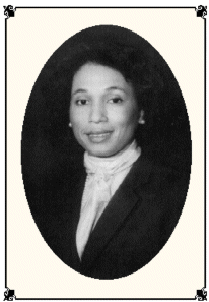
Alexis M. Herman
(served 1977 -
1981) Before coming to the Bureau,
Alexis Herman worked on a wide range of programs to improve economic prospects
for minorities, women and young people. As Director, she mounted new employment
initiatives for low-income and young women and pushed for adult education
programs to help older women enter or re-enter the workforce.
"Serving as Director of the Women's Bureau afforded me the unique
opportunity to help women explore new horizons never before open to them - to
expand opportunities and open doors, expecially in non-traditional work areas.
After 75 years, I am proud to have been associated with the history of the
Women's Bureau that continues to make progress on behalf of working women and
their families." |
 |
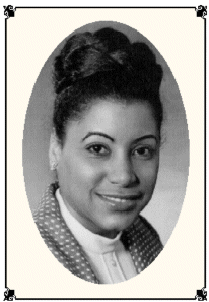
Carmen Rosa Maymi
(served 1973 -
1977) The first Women's Bureau
Director appointed from within the ranks and the first Hispanic Director,
Carmen Rosa Maymi used her position to call attention to the unique barriers
faced by Hispanic women. She also developed the Bureau's links with private
organizations to help working women realize their full potential.
"My tenure as Director occurred at the most exciting and
productive period for American women. The Women's Bureau became a true partner
with minority women, union women and national organizations in the formulation
of government policies that still benefit working women and their families. We
were all enriched by the discovery of our strength." |
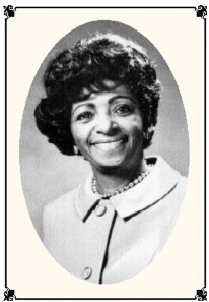
Elizabeth Duncan Koontz
(served 1969 -
1973) Elizabeth Duncan Koontz taught
for 30 years before becoming the first black woman to head the Bureau and the
highest ranking black woman in the Nixon Administration. A champion on the
rights of minority women, Ms. Koontz also fought for the passage of the Equal
Rights Amendment to the U.S. Constitution. |
 |
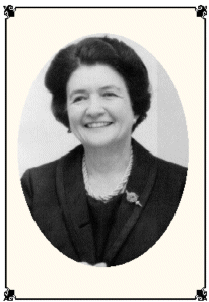
Mary Dublin Keyserling
(served 1964 -
1969) An economist with experience in
education and social welfare, Mary Dublin Keyserling initiated efforts to study
the impact of new civil rights and pay equity legislation on women workers,
reassessed standing laws, and pushed for new training opportunities. She helped
the Department of Labor set an example for employers by establishing a
near-site child care center for children of low-income employees. |
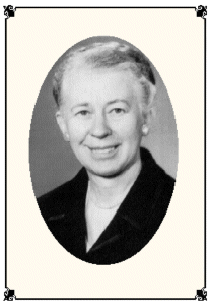
Esther Peterson
(served 1961 -
1964) Esther Peterson, who had a
background in education, labor and women's affairs, broadened support and
heightened visability for the Women's Bureau and women's issues as a whole. Her
efforts were instrumental in creating the President's Commission on the Status
of Women and in finally achieving passage of the Equal Pay Act of
1963.
"I think we helped move the women's question
up so it's beginning to be equal with the men's question. We're not in the
basement anymore." |
 |
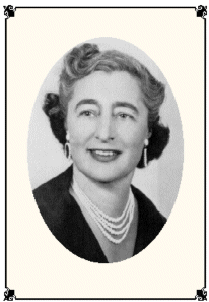
Alice K. Leopold
(served 1953 -
1961) Alice Leopold had a very
different background from her two predecessors -- in retail management and
state elective office. During her tenure as Women's Bureau Director, she
continued the battle for pay equity and documented the new role of women on the
job. |
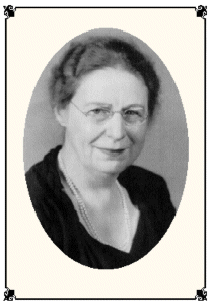
Frieda S. Miller
(served 1944 -
1953) Frieda Miller, also from a labor
background, continued Ms. Anderson's work. She focused her efforts on the
postwar employment prospects for American women, and raised issues such as the
need for quality child care and the poor conditions of domestic
workers. |
 |
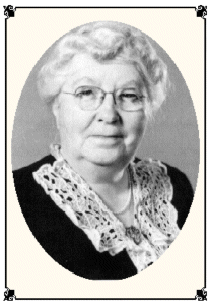
Mary Anderson
(served 1920 - 1944)
The first "up from the ranks" labor woman to head
an executive department of the Federal Government, Mary Anderson directed the
Women's Bureau for nearly 25 years, leading efforts to win better wages, hours
and working condition for women. She served for five presidents and, during her
tenure, saw the ranks of women workers more than double.
|
| |
|



